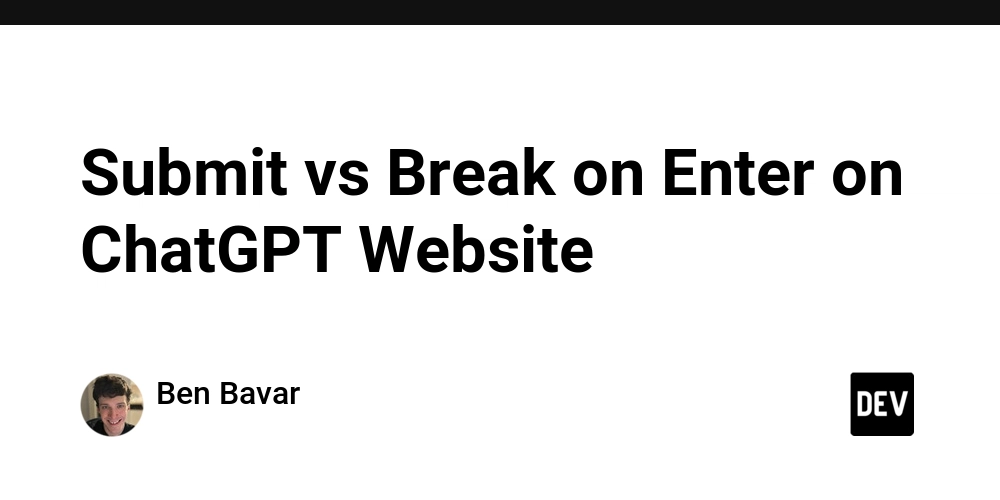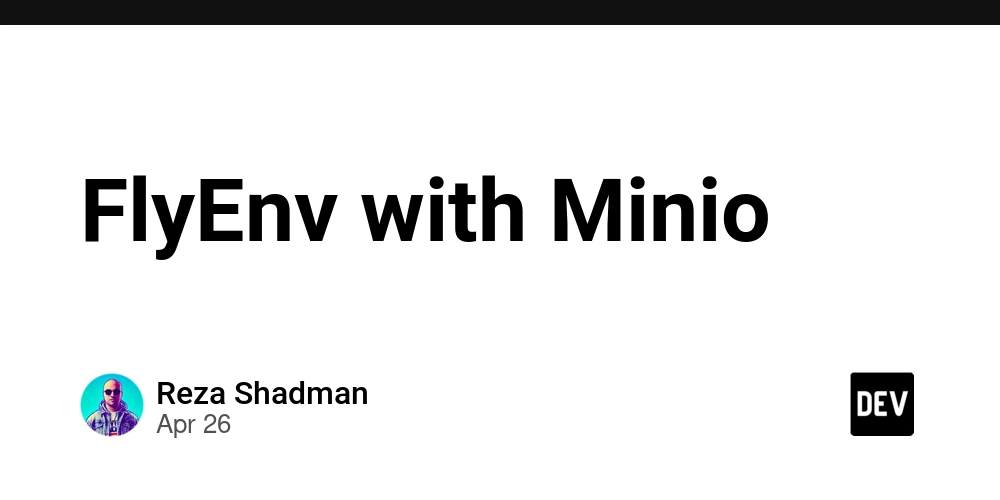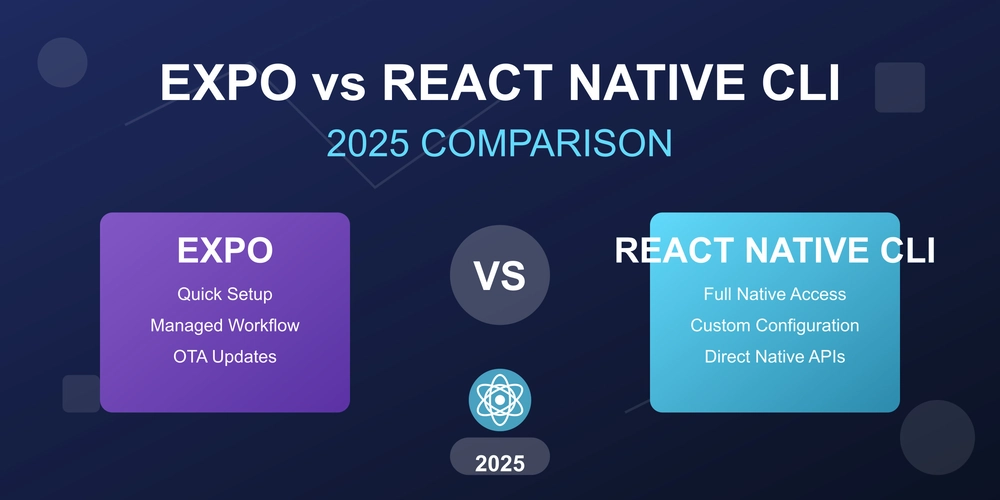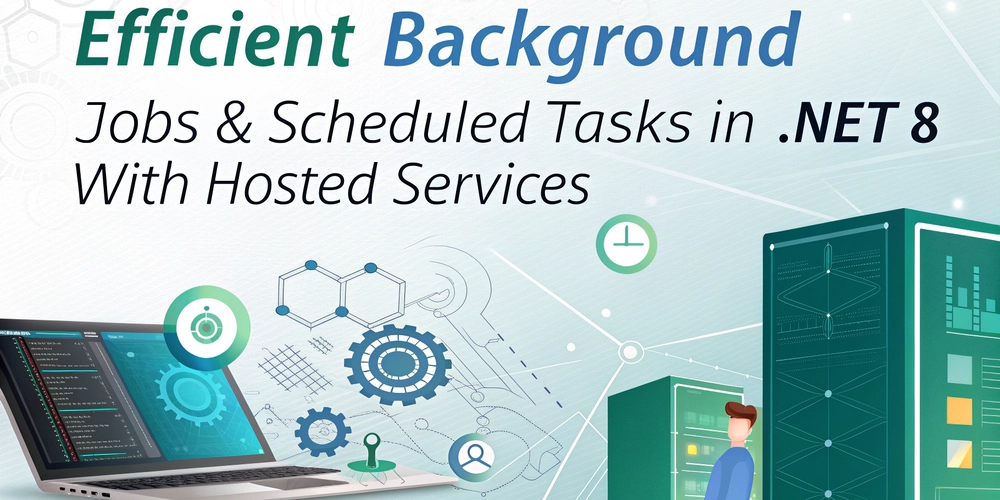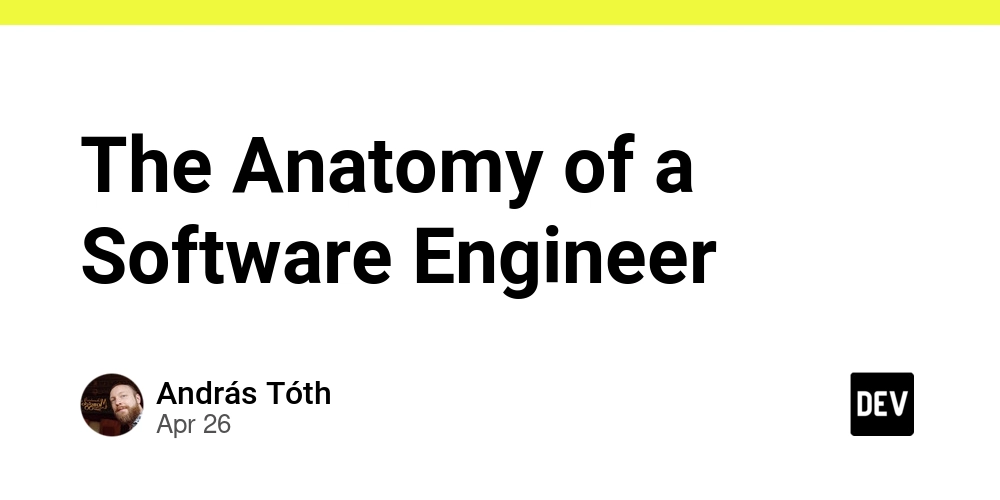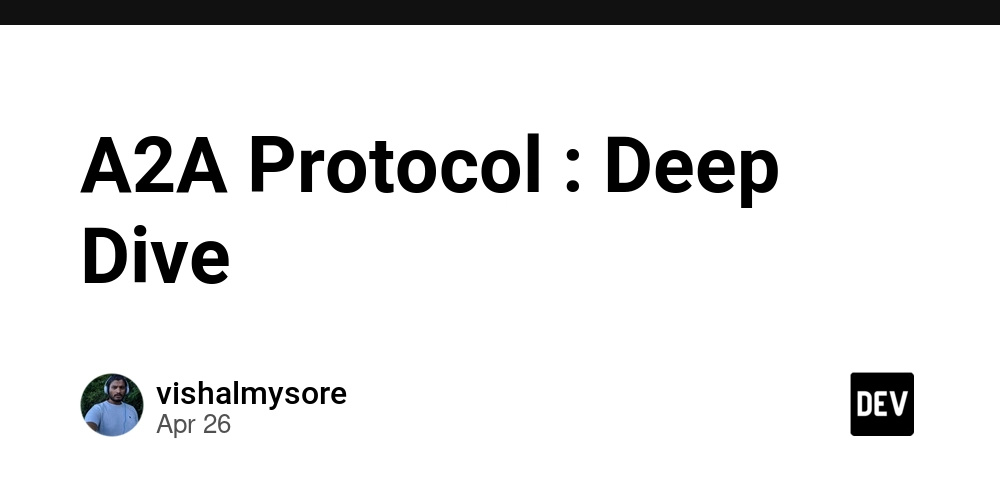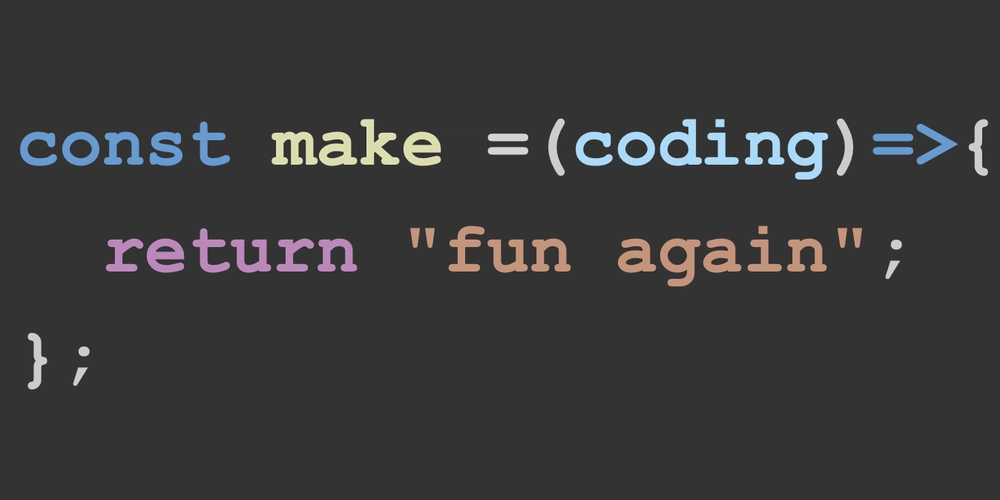
RHEL 9 Boot Stuck at GDM? Here's How to Fix It (Step-by-Step)
Is your RHEL 9 system hanging at the "Starting GNOME Display Manager (GDM)" screen? Don't panic! This guide provides a clear, step-by-step approach to troubleshoot and resolve a system stuck at GDM. You'll be able to get back to your graphical environment in no time.
What is GNOME Display Manager (GDM) and Why Does it Matter?
The GNOME Display Manager (GDM) is the graphical login interface for Linux systems using the popular GNOME desktop. Think of it as the gatekeeper to your desktop, responsible for:
- User-friendly login: Providing a visual interface for entering your username and password.
- Session management: Starting and managing your GNOME desktop session.
- Display server support: Working with both X11 (older) and Wayland (newer) display servers.
When GDM fails to start properly, you're locked out of your graphical environment.
Why Does GDM Get Stuck? Common Causes of "Starting GNOME Display Manager" Hangs
Several factors can lead to a frozen GDM screen. Here are the most frequent culprits:
- Incomplete updates: A partially completed system update can leave your system in an inconsistent state.
- Package conflicts: Conflicting software packages can interfere with GDM's operation.
- Graphics driver problems: Outdated, corrupted, or incompatible graphics drivers are prime suspects.
- Misconfigured system services: Improperly configured system services can prevent GDM from starting.
Troubleshooting a RHEL 9 System Stuck at GNOME Display Manager (GDM): Step-by-Step
Here's a tested methodology to resolve your GDM issue. Follow these steps in order for the best results.
1. Access a TTY Console
The first step is to break out of the frozen graphical screen.
- Press Ctrl + Alt + F2 (or F3/F4) to switch to a TTY console – a text-based terminal.
- Log in using your username and password.
This gives you a command-line environment to work with.
2. Restart the GDM Service
A simple restart can often resolve minor glitches.
- In the terminal, execute:
sudo systemctl restart gdm
This command attempts to restart the GNOME Display Manager service. If it was just a temporary hiccup, this might be all you need.
3. Examine GDM Logs for Clues
If restarting didn't work, it's time to investigate the logs.
- Run the following command:
journalctl -xeu gdm
This displays the system logs specifically for the GDM service. Scour through the output, looking for any error messages or warnings that might provide insight into the problem. These messages often point towards specific configuration issues or failing components.
4. Reset GNOME Desktop Settings
Corrupted GNOME settings can sometimes interfere with GDM.
- Execute the following command to reset GNOME settings to their defaults:
dconf reset -f /org/gnome/ - After resetting, restart GDM:
sudo systemctl restart gdm
This resets your GNOME configuration for the user.
5. Boot into Multi-User Mode (Command Line Only) for Deeper Troubleshooting
If the problem persists, boot into multi-user mode, which disables the GUI.
- Reboot your system. During boot, access the GRUB menu by pressing Esc or Shift.
- Edit the boot entry. Add
systemd.unit=multi-user.targetto the end of the line starting withlinux. - Press Ctrl + X to boot.
This will boot your system into a command-line environment, allowing you to perform more advanced troubleshooting without the interference of the graphical interface. From here, you can investigate drivers, check system files, and perform other diagnostic tasks.
"Unsupported Session Type" Error? Here's the Fix
Sometimes, you might encounter an "Unsupported Session Type" error.
-
Check the Session Type: Run
echo $XDG_SESSION_TYPE. If the output isttyinstead ofx11orwayland, your graphical session isn't active. -
Start GNOME Manually: Try starting GNOME manually with the command
startx. -
Set the System to Boot into Graphical Mode by Default:
- Check the current default target:
systemctl get-default - If it shows
multi-user.target, change it to graphical:sudo systemctl set-default graphical.target - Reboot your system
- Check the current default target:
Conclusion: Getting Your RHEL 9 GNOME Desktop Back on Track
Dealing with as RHEL 9 boot stuck at GDM can be frustrating, hopefully the above tips will help. Remember to examine system logs, verify configuration settings, and keep your graphics drivers updated. These preventative steps will help avoid future issues.

